How Long Does It Take to Become a Pilot Captain? 2025
May 29, 2025
Becoming a pilot captain in the airline industry can take over 15 years from starting flight training to flying for a major airline. This journey involves several stages, including initial training, getting licenses and gaining hours.
So how long does it take to become a pilot captain? In this article we’ll go through the whole process and what you need to do at each stage.
Key Takeaways
-
The total journey from zero experience to becoming a major airline captain can exceed 15 years, involving initial training, securing licenses, and gaining flight experience.
-
Key milestones include obtaining a student pilot certificate, private pilot license, commercial pilot certification, and an airline transport pilot certificate, each requiring significant flight hours and additional training.
-
To transition from First Officer to Captain typically takes 10 to 15 years, influenced by factors such as flight hours, senority and airline policies.
Overview of Becoming a Pilot Captain
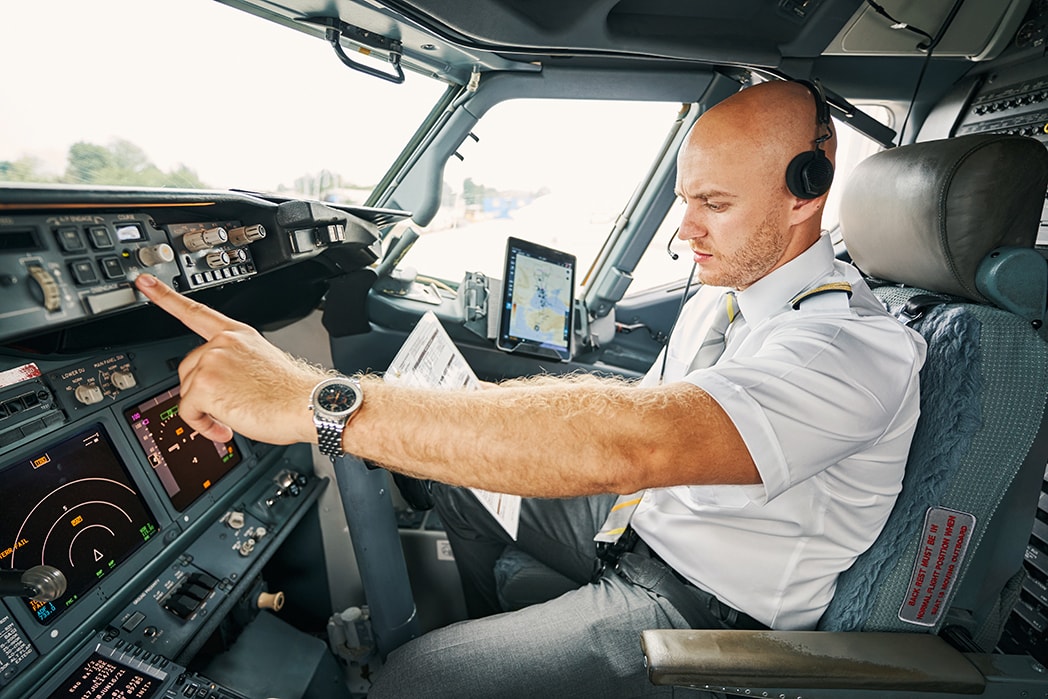
Becoming a pilot captain is a well structured process that requires a lot of technical training and skill development. It starts from scratch with no experience, covering initial training, license acquisition, flight hours and airline applications. Typically it takes 2.5 years to get into an airline with no flying experience. Then another 1.5 years to meet the airline’s recruitment requirements. This journey is not just about obtaining licenses but also about building a career as a professional pilot, often referred to as a career pilot.
After that:
-
Start training
-
Get different licenses
-
Accumulate flight hours
-
Apply to airlines
Many people ask how long it will take to go through all this. They also wonder how many flying hours to become a pilot, especially when planning their timeline and career strategy.
From having no experience at all to being a captain of a major airline can take more than 15 years.
This long journey involves reaching various milestones which includes getting a student pilot certificate first, then private pilot license, commercial pilot license and finally the airline transport pilot certificate, each level building upon the previous one to ensure those who want to be pilots are well prepared for the duties that come with being an airline captain.
To get to those positions within aviation companies or airlines (collectively known as “airlines”) pilots need to build up a lot of hours.
That means being a certified instructor when not flying and accumulating earlier professional experience working alongside experienced professionals in first officer seats in regional subsidiaries which will lead to future leadership opportunities to guide others safely above us every day.
Overall term for anyone holding international recognized certifications flying larger passenger/cargo aircrafts worldwide is “pilots”.
Initial Flight Training
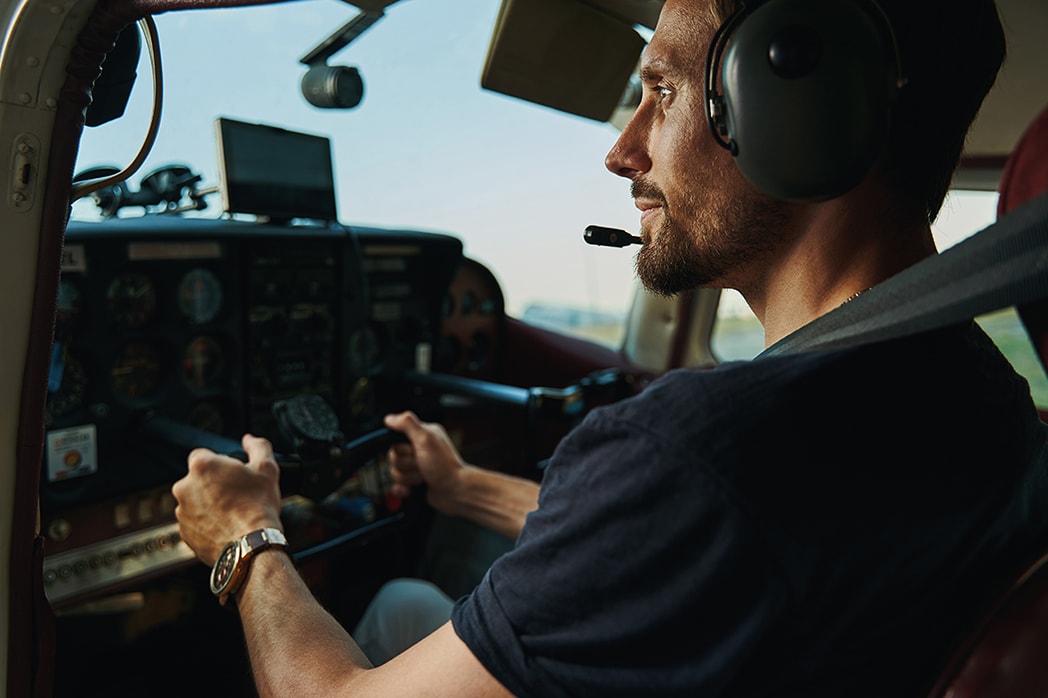
To become an airline pilot you need to start with first flight training. This means researching different flight schools and programs to find one that fits your goals. One great place to start is with the Flight Nerd Air Force an online course and community designed to help aspiring aviators gain confidence and foundational knowledge before ever stepping into a cockpit.
Initial flight training often involves learning to fly a single engine airplane, which helps build foundational flying skills.
To start this journey, you need to meet the requirements set by the Federal Aviation Administration (FAA), which include age and English proficiency requirements. The length of this stage will vary depending on your progress and opportunities.
Once you’re in first flight training, you’ll be flying the aircraft yourself within the first week. Around 2 months into your training you’ll have your first solo flight a big milestone that will be the foundation for all future learning and qualifications you’ll do.
Becoming a pilot involves concrete milestones: getting your student pilot certificate is the first step. Then advancing to get your private pilot license is a big step on this career path.
Student Pilot Certificate
Starting from zero time, the first step is to get a student pilot certificate. If you’re going to get your private pilot license, the first step is to get a student pilot certificate. This allows you to fly solo with an instructor and sets the stage for more training. To apply you’ll go through an FAA online application process that takes about 3 weeks.
To qualify for this initial certificate you’ll need to pass a knowledge test and show proficiency in basic flying skills even though most students have no prior flight experience before starting training. It’s an attainable early milestone.
Now that you have your student pilot certificate you can start logging those flight hours towards becoming a private pilot.
Private Pilot License
Now it’s time to get your private pilot license. To be eligible you must have at least 40 hours of flight time, 20 of which must be with an instructor. This allows you to fly solo, carry passengers and split the cost of flights. You can’t fly for pay or as part of your job.
The private pilot license process usually takes 6-12 months. During this stage you will be focusing on your flying skills, weather and navigation. Getting this license gets you closer to becoming a commercial pilot. Most students have no previous experience before starting their training for a private pilot license.
Commercial Pilot Certification
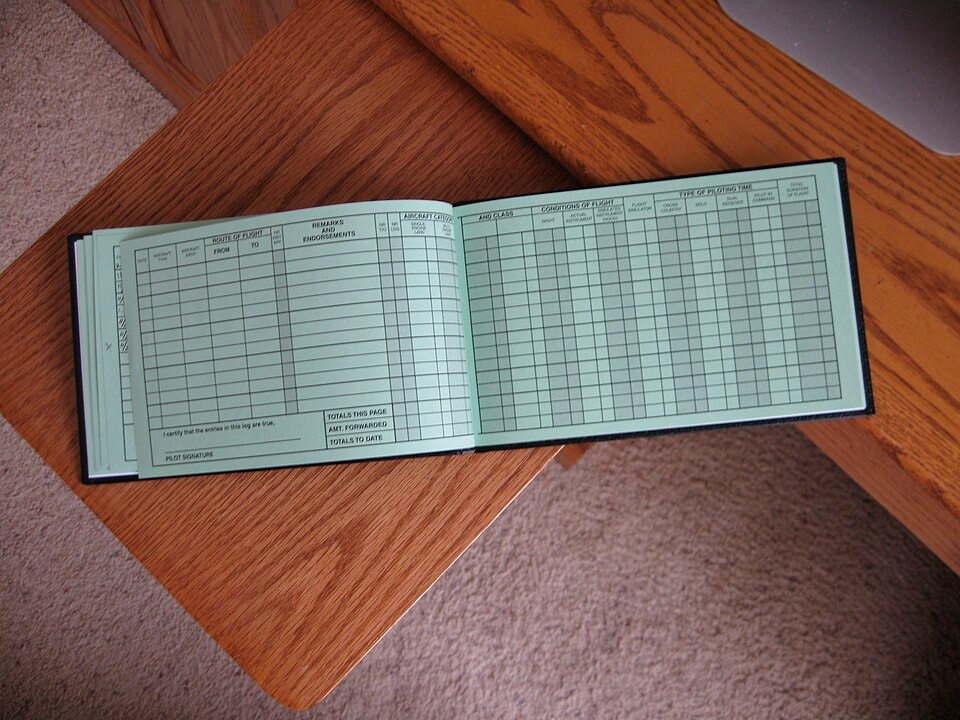
Going from a private pilot to a commercial pilot requires more training and certification. The first step is to get a commercial pilot license which requires a minimum of 250 hours of flight time. This phase takes about 7 to 10 months depending on the program and the pilot’s availability.
Understanding the commercial pilot requirements hours is essential at this stage, as it ensures aspiring pilots meet all necessary FAA standards while tracking their progress accurately.
Commercial pilot certification is a big step towards becoming an airline transport pilot. It involves learning advanced flying techniques, dual, solo and cross-country flights which are logged in a pilot’s logbook to meet FAA requirements for commercial aircraft.
With a commercial pilot certificate, you can fly professionally, opening up various career opportunities in aviation.
This is for anyone who wants to be a commercial airline pilot and for those interested in commercial pilots. A copilot plays a big role in ensuring safety and efficiency during flights.
Next we’ll talk about getting a commercial pilot license and the importance of getting a multi-engine rating.
Commercial Pilot License
Getting a commercial pilot license requires a lot of training and commitment, usually takes around 6 to 9 months. Pilots wanting this certification must have a minimum of 250 hours of flight time, with most of that as pilot in command and cross country time.
Once certified, pilots can get paid for their flying skills and can pursue professional flying careers. Getting this certification is a big milestone in a pilot’s journey to become an airline captain. The final certification is conducted by a designated pilot examiner, ensuring that all standards are met.
Multi-Engine Rating
Getting a multi engine rating is required for pilots who want to fly bigger aircraft, and this is done after getting the commercial pilot certificate.
The training gives pilots the advanced skills needed to manage the complexities of flying multi engine aircraft. Pilots often start in the right seat as first officers before advancing to captain roles in multi-engine aircraft.
This endorsement on a pilot’s license is important for those who want to progress in their flying career as it means higher level of proficiency and expertise.
Building Experience as a Certified Flight Instructor
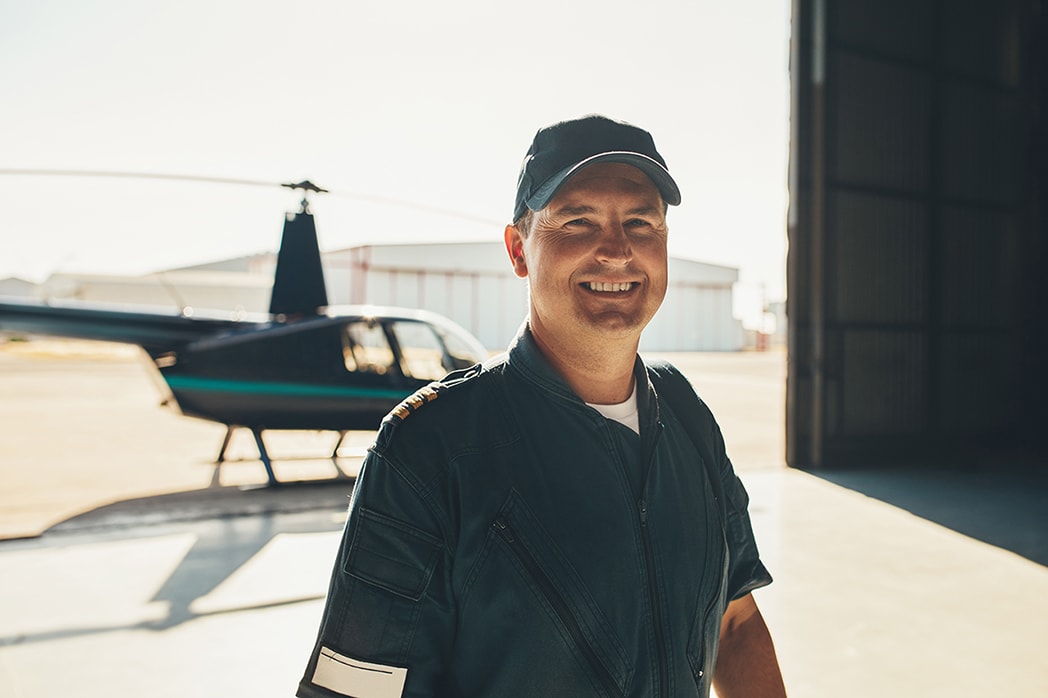
After getting a commercial pilot license many pilots pursue the path of becoming a certified flight instructor (CFI) as it allows them to build the required hours.
This position not only helps to build hours but also allows pilots to earn money while doing what they love. To get started pilots must first get a Flight Instructor certificate through training which usually takes several weeks.
As a CFI they will build around 100-150 hours of flying per month during their 2-3 year tenure. It’s during this time they will gain valuable experience and build their resume for future opportunities.
Providing around 70 hours of both actual flight instruction and simulator training per month can earn them $3,200 to $4,000 per month practical and financial benefits. As a CFI, you will also have the opportunity to train the next generation of pilots.
Being a CFI offers structured programs to build hours and professional growth, it opens doors to accelerated career advancement in the aviation industry. The role helps to fulfill the requirements to get an airline transport pilot certificate the foundation for those who want to fly for major airlines.
Gaining Airline Transport Pilot (ATP) Certification
The ultimate pilot certification, the Airline Transport Pilot (ATP) certificate, is for pilots who want to be airline captains. To get this certificate you must have a commercial pilot license with an instrument rating, be at least 21 years old, have good moral character and pass both written and practical exams.
Meeting the hour requirement is key to getting the ATP certificate. To get the ATP certificate you need to log at least 1,500 hours. This includes 500 hours of cross country flying experience. 100 night flying hours and 75 hours of instrument time.
For most civilian pilots, this means building up to 1,500 flight hours through various roles like instructing, regional flying or other commercial operations before qualifying for ATP.
But military pilots or those graduating from 4 year aviation degree programs may meet these requirements with reduced total flight times 750 and 1,000 hours respectively which can be done in 2-3 years to meet the category requirement to become eligible.
Specialized training courses like the AeroGuard Pilot Pathway Program can help you get ATP eligible in as little as 9 months. These programs are the stepping stones to become an airliner captain and unlock advanced level of flight operations.
First Officer Position at a Regional Airline transport pilot training
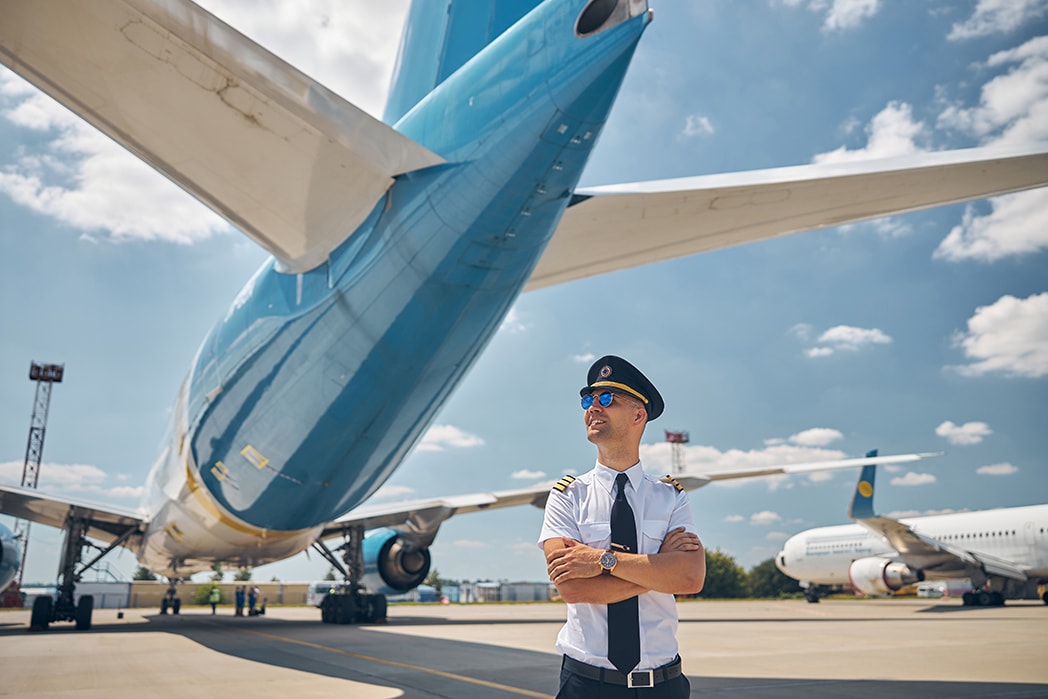
Getting a First Officer role at a regional airline is the next step after getting your ATP, with 500 to 1,500 hours required. The process usually includes a CRM scenario and behavioral interviews to assess fit for the role.
Airlines like SkyWest have extensive training programs including, for CRJ pilots, two weeks of ground school in Salt Lake City. This is valuable experience that leads to major airline roles. Factors like airline growth, fleet updates and pilot retirements play a big role in determining pilot career progression within an airline. Regional airlines often have shorter upgrade times, allowing first officers to advance to captain roles more quickly.
Accumulating Flight Hours and Experience
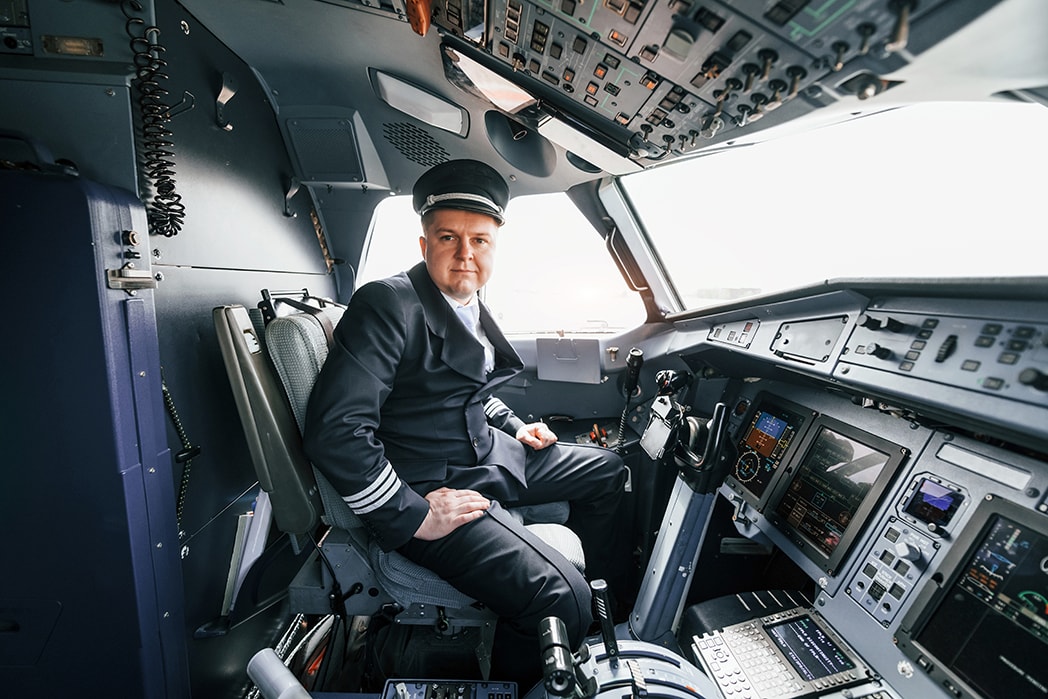
Building hours and experience is key to a pilot career. To get an Airline Transport Pilot certificate which major airlines require, pilots need to log at least 1,500 hours. Time to captain can be influenced by availability of flying, types of aircraft and responsibilities. The timeline for becoming a captain depends on various factors such as flight hours, airline policies, and industry conditions.
The types of flights you fly and the aircraft you fly determines the hours you build. Each flight builds your skills, whether you’re flying shorter regional trips or longer trips across the country. Every flight contributes to the experiences you need for advancement in your pilot career.
Applying to Major Airlines
Pursuing a career with major airlines is a big step for pilots. To become a First Officer, you must be 21 years old or above and have a Commercial License. Although most major airlines require a 4 year degree, they are now more lenient on this requirement to accommodate diverse educational backgrounds of applicants.
While a four year degree is not always mandatory, it can enhance your profile and make you more competitive in the job market.
When applying to airlines, you will undergo both technical assessments and HR interviews. Thorough background checks that include criminal records and credit reports. A conditional job offer is given once you pass these stages.
To attract many skilled pilots, many airlines offer tuition reimbursement and signing bonuses.
Working Towards Captain's Seat
Becoming a Captain from a First Officer role requires a certain number of flight hours and leadership skills. It takes 10 to 15 years to become a captain. Usually, you will be a First Officer for 1 to 5 years before being promoted to Captain. This depends on your accumulated flight hours and seniority.
The journey from First Officer to Captain is influenced by airline rules, type of aircraft and flight hours. Pilots must complete command assessment programs which includes simulator checks and simulator-based evaluations and training on leadership skills.
The journey from first officer to the left seat as a captain requires significant flight hours and leadership skills.
To be able to take on the responsibilities of a Captain, you must have strong decision making skills especially during emergency situations.
Factors Influencing Timeline
Many things like a student’s natural ability, level of commitment and chosen training program can impact how long it takes to become an airline captain. Choices on which career path in aviation or which flight school to attend can also affect how quickly you can get to that role.
Economic downturns can change recruitment patterns and job availability at major airlines and extend or alter the expected timeline.
When hiring in aviation is hot, pilots can progress faster from regional to major airlines. During slower industry growth rates, progress can slow down this is why pilots need to be flexible and persistent as they chase their career goals in aviation. During periods of high demand, airlines may offer signing bonuses to attract new pilots.
Summary
Becoming an airline captain is tough and requires total commitment, full training and loads of flying experience. Pilots must go through each phase, from getting initial certifications to getting experience as a flight instructor and first officer key milestones that hone the skills needed to be a captain.
It may take time but the reward of being an airline captain with the satisfaction, financial benefits and responsibility of flying commercial aircraft is huge. For those who want to climb the aviation ladder, staying focused, versatile in skill development and dedicated to their goals will lay the foundation for a successful career as a pilot.

